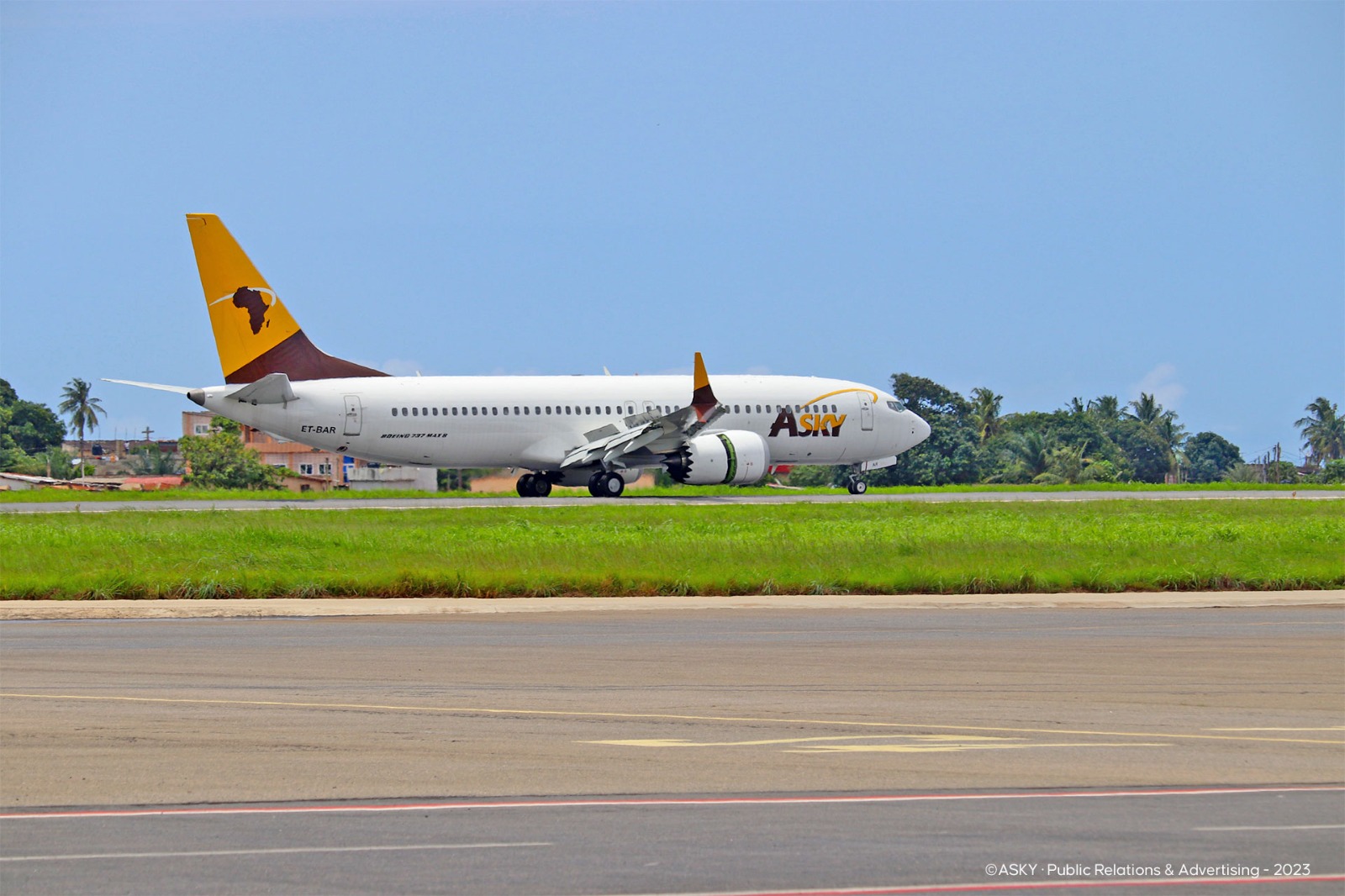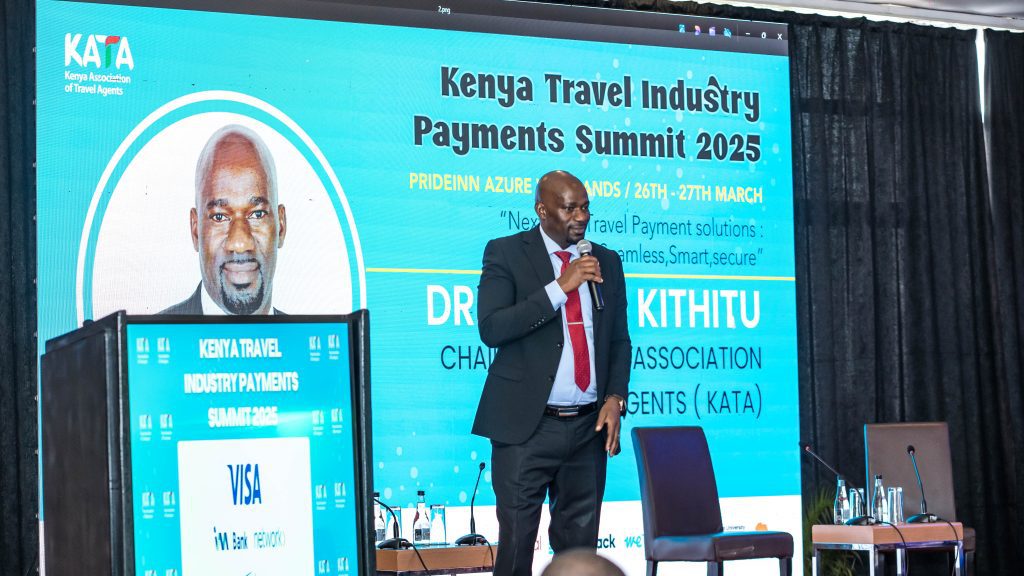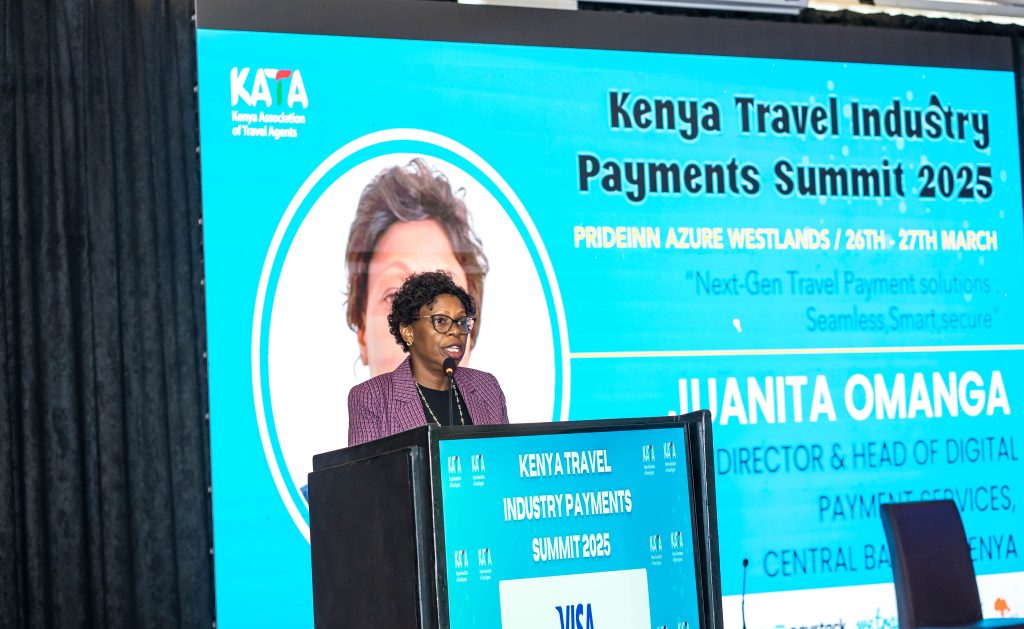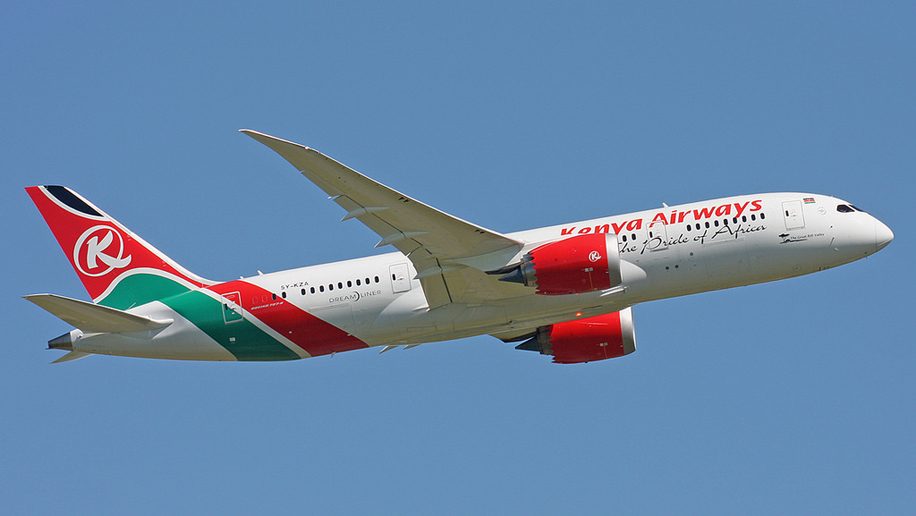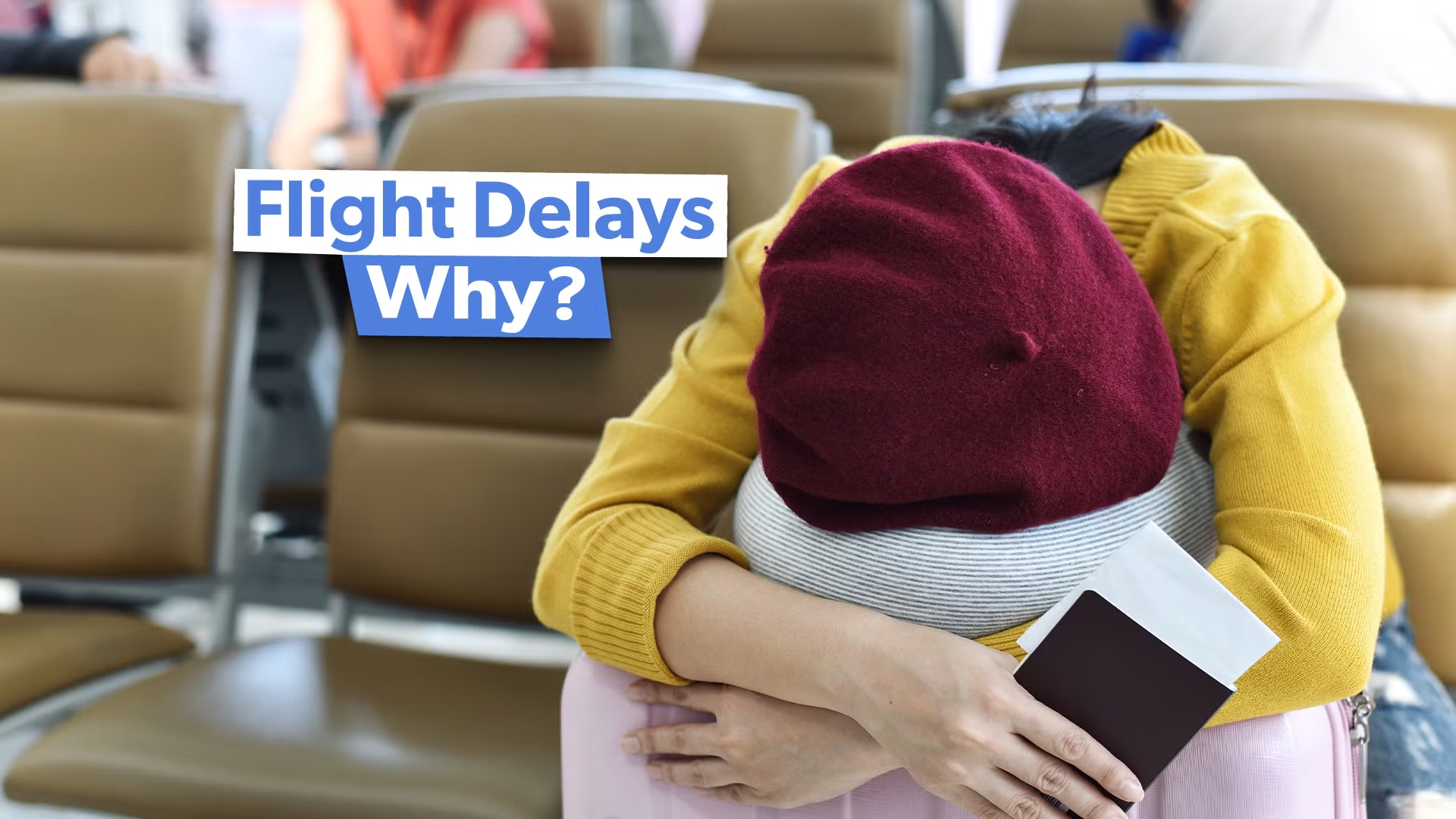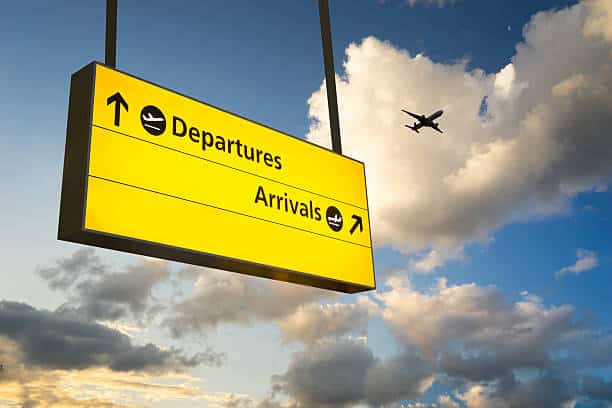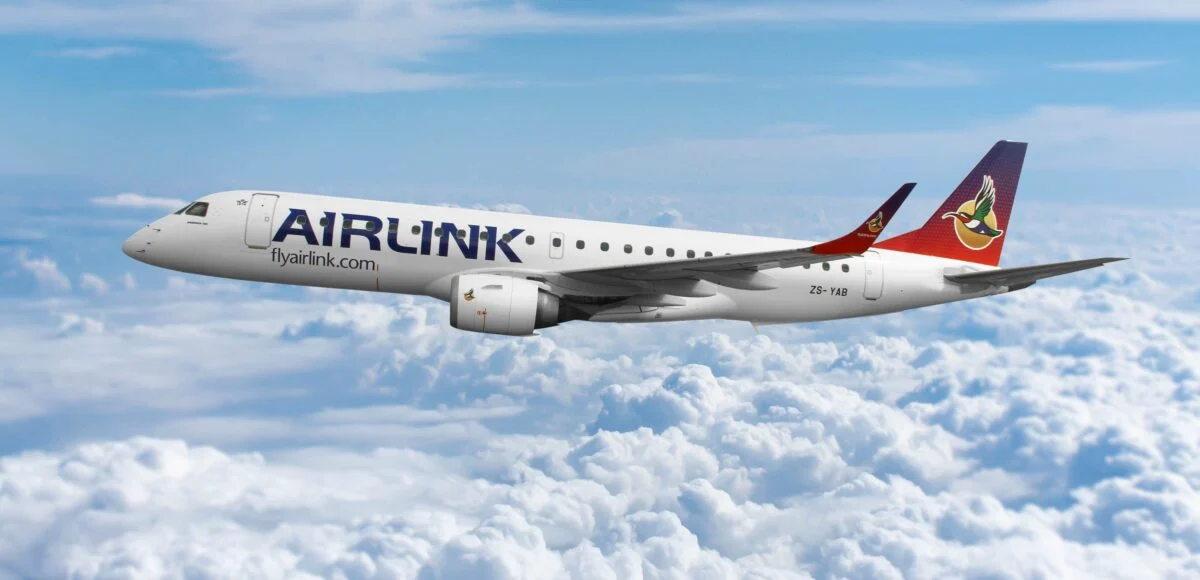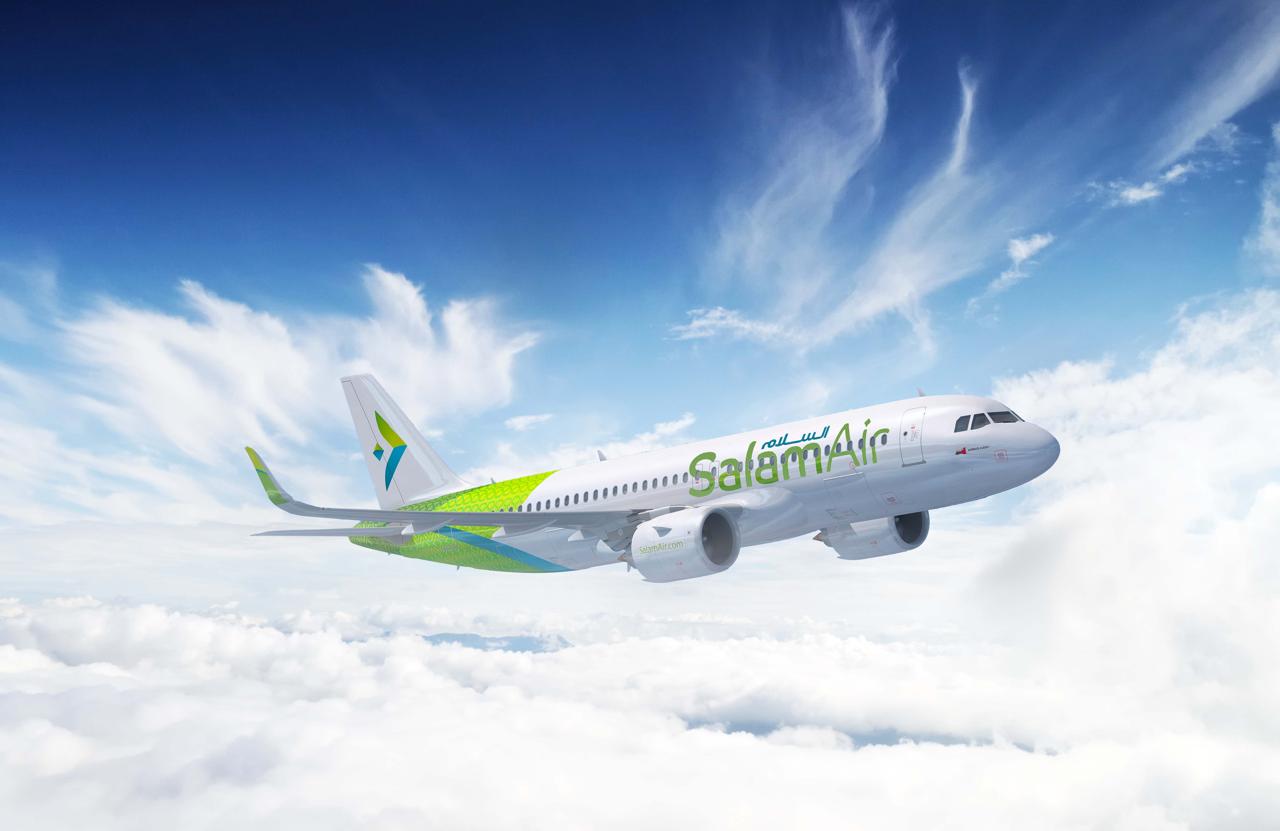National carrier Kenya Airways has posted a full-year profit of Ksh.5.4 billion for the year 2024.This profit marks a dramatic recovery from the previous year when the airline made a loss of over Ksh.22 billion. The airline last posted a full-year profit over ten years ago.The jump in profitability was on account of forex gains coupled with an increase in total revenues.
“I think under the circumstances what we have achieved, what the team has achieved is fantastic and I hope that in your newspapers in your columns in your editorials that you’ll reflect that to your readers,” said Kenya Airways Chairperson Michael Joseph.
A key driver of KQ’s performance was the strengthening of the shilling, resulting in forex gains of Ksh.10.5 billion, a sharp turnaround from the Ksh.15 billion forex loss recorded in 2023 at the height of the shilling’s depreciation.
The airline’s operating profit rose to Ksh.16.6 billion up from Ksh.10.5 billion in 2023. Total revenue increased by 6 per cent to Ksh.188.4 billion from Ksh.178.4 in 2023.
This is because, KQ ferried Ksh.5.2 million passengers, up from Ksh.5 million in 2023, thanks to the addition of three new destinations including Mogadishu, Eldoret, and Maputo.
Cargo operations also saw significant growth, with volumes rising by 25% from about 56,000 tonnes to over 70,000, following the acquisition of two additional cargo aircraft.
Despite the improved performance, the airline remains in a negative equity position, reflecting the impact of its past losses.
“Obviously at this stage, we will not be able to pay dividends, we still have negative equity, so all the money we have to reinvest in the business for growth so that the airline can have a sustainable performance going forward,” said Allan Kilavuka, Group CEO, Kenya Airways.
To better position itself for growth the airline now wants the government to improve airport infrastructure at JKIA.
“We need to find a way to improve the airport facilities to grow the airport facilities because if you look at the numbers that Allan is projecting, just alone for Kenya Airways we will be hard-pressed to handle these passenger numbers in the current capacity of this airport.”
“Many people have complained about them, we need some attention paid to them. Anytime there’s some rain, it leaks and everybody throws stones at everybody else, but we don’t get it fixed on a long-term basis. So a lot of effort needs to be given to get the airport in a better state than it is now.”
Source : Citizen Digital


